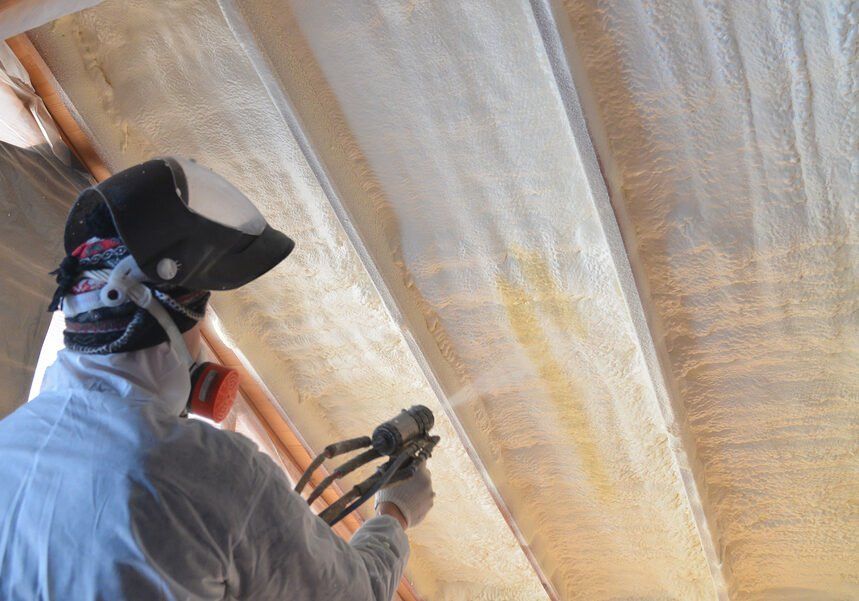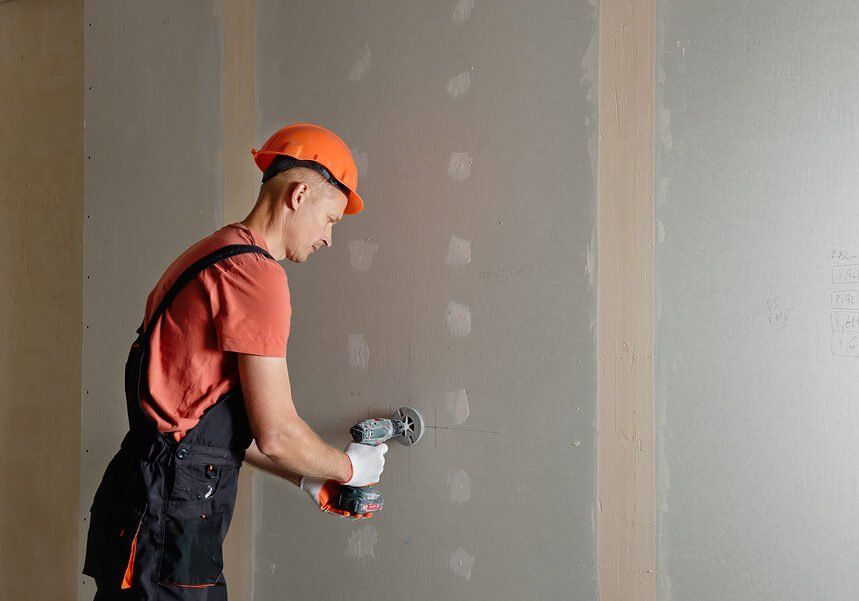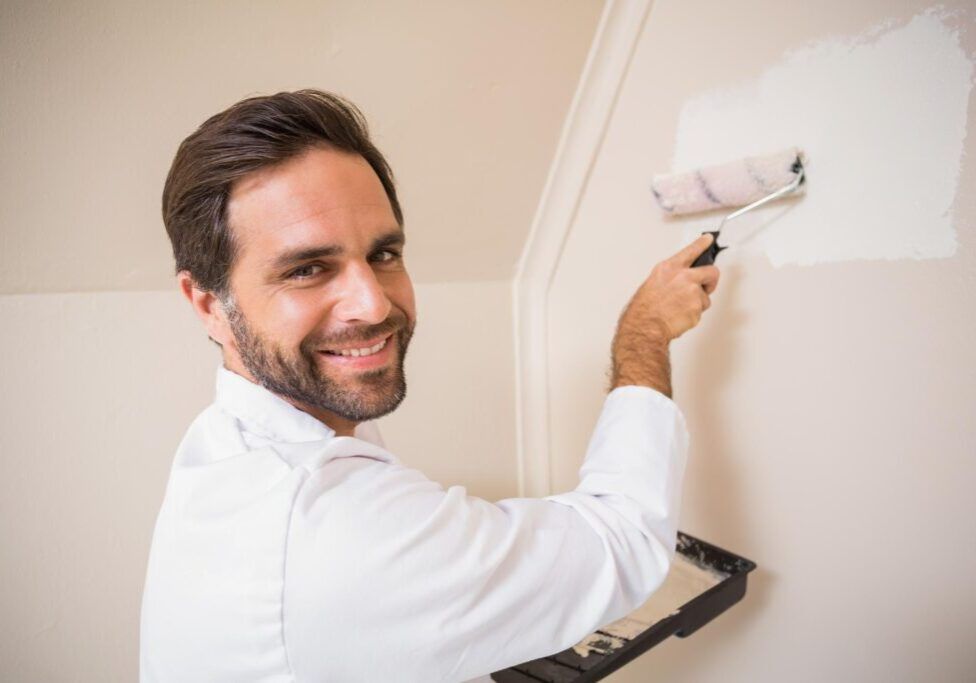Unveiling the Mysteries of Ceiling Water Damage: A Complete Guide
Ceiling Water Damage: Repair Costs & Solutions
Water damage to ceilings is a homeowner's silent nemesis, often going unnoticed until it becomes a significant problem. This comprehensive guide aims to unravel the mysteries surrounding ceiling water damage, providing insights into its causes, prevention methods, repair techniques, and, importantly, the costs associated with repairing and fixing these issues.

The Unseen Peril: Identifying Ceiling Water Damage
Ceiling water damage can manifest in various ways, each indicating a different level of severity and urgency in addressing the problem. Common signs include water stains, peeling paint, sagging drywall, and, in more severe cases, mold growth. The source of this damage is often elusive, ranging from leaking roofs or pipes to condensation buildup.
The Price of Neglect: Cost of Repairing Ceiling Water Damage
The cost of fixing ceiling water damage can vary significantly, influenced by the extent of the damage, the size of the affected area, and the complexity of the repair needed. Simple repairs, such as patching a small leak, might be relatively inexpensive. However, addressing extensive water damage, especially when it involves mold remediation or structural repairs, can escalate the costs dramatically.
Breaking Down the Costs
- Cost of Repairing Drywall Ceiling Water Damage: Repairing drywall is a common necessity when dealing with ceiling water damage. The costs can range depending on the area's size and the damage's severity. Minor repairs might be affordable, but replacing large sections of drywall can increase the cost.
- Cost to Repair Drywall Ceiling Water Damage: The labor involved in repairing drywall ceiling water damage also contributes significantly to the total expense. Skilled labor is required to ensure that the repair blends seamlessly with the existing ceiling, maintaining the aesthetic and structural integrity of your home.
- Cost of Fixing Ceiling Water Damage: Beyond the drywall, fixing ceiling water damage may involve addressing the damage's source, such as repairing a leaky roof or plumbing. These repairs can add to the overall cost but are essential for a long-term solution.
DIY vs. Professional Repairs: Navigating the Costs and Benefits
While some homeowners may consider tackling ceiling water damage repairs themselves to save costs, it's crucial to evaluate the scope of the damage and your skills realistically. Minor repairs, like painting over water stains or patching small drywall areas, can be DIY projects. However, extensive damage, especially when structural issues or mold are involved, requires professional intervention.
The Importance of Professional Assessment
A professional assessment can help identify the damage's source, extent, and the best course of action, preventing further damage and ensuring a durable repair. Professionals can also provide a more accurate estimate of the repair costs, helping homeowners make informed decisions.
Prevention: The Best Defense Against Ceiling Water Damage
Preventing ceiling water damage is more cost-effective than addressing the aftermath. Regular maintenance checks, such as inspecting roofs and plumbing for leaks, ensuring proper attic ventilation, and promptly addressing any signs of water damage, can save homeowners from costly repairs.
When the Damage is Done: Navigating the Path to Restoration
Once ceiling water damage is identified, immediate action is necessary to prevent further damage. The first step is to stop the source of the water, followed by drying out the affected area. Repairing the damage may involve simple tasks, such as repainting, or more complex repairs, such as replacing sections of drywall or even structural supports.
Ceiling water damage, while daunting, can be addressed effectively with the right knowledge and approach. Understanding the signs, knowing the potential costs involved in repairing and fixing the damage, and taking preventive measures can help homeowners maintain their homes' integrity and comfort. Whether undertaking DIY repairs or hiring professionals, the key is prompt action and informed decision-making.
For more insights into maintaining your home and navigating repairs, explore our blogs, and discover our range of services designed to keep your home in top condition.



